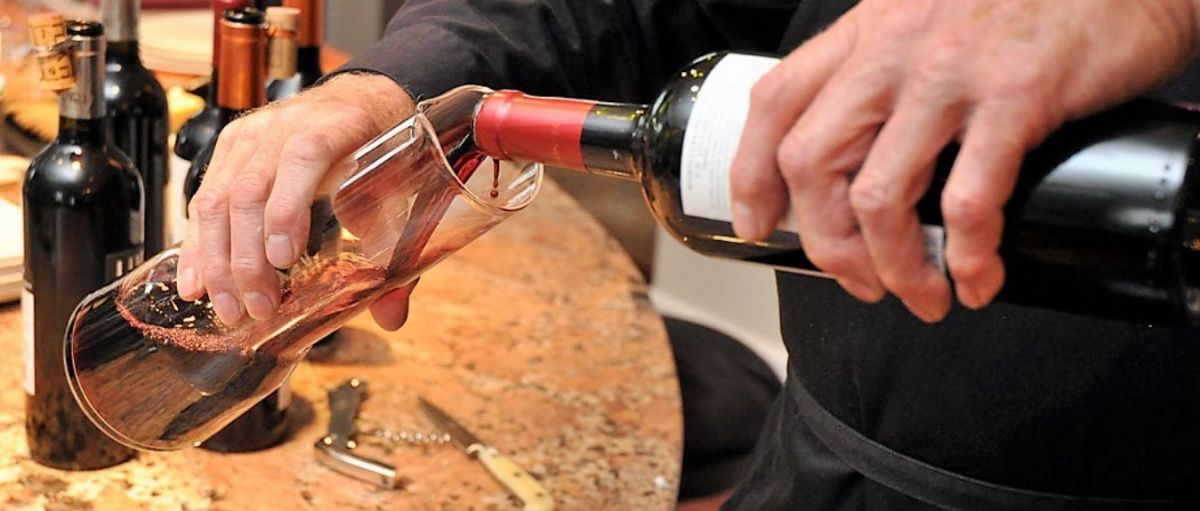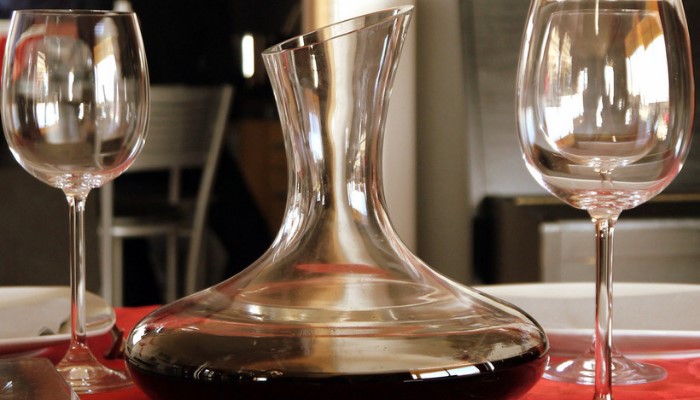Warehouse
Deadline
July 10, 2026
Judging
Date
July 27, 2026
Winners
Announced
August 12, 2026

Decanting, one would say is of those components of wine administration that can be intimidating to numerous consumers, and at times servers: Which wines need it? When would it be advisable for you to do it? What's more - how? Is it truly even fundamental? Or is it just wine pageantry?
The Merriam-Webster definition of ‘Decant’ is to draw off (a liquid) without disturbing the sediment or the lower liquid layers. In simpler words, decanting wine is when you pour the wine from its bottle into a decanter in order to separate out the sediment that rests in the wine.
The word ‘decant’ originates from the Greek word ‘kanthos’, which means ‘corner of the eye’ - and has evolved into a prefix for many English words denoting an edge. Eventually, decanters became relevant to wine through their dated use as containers with an edge that can pour.
In the seventeenth century, the custom of pouring wine from its bottle into a serving jug or another container came to life. Preceding that time, it was served straight from the bottle. However, the process of decanting helped to omit the wine from any sediment that might have been gathered during the process of aging.
Decanting turned into a convention that saw its tallness in England in the eighteenth century, and at that point spread over the realm and to the states, and all through Europe.

Decanting serves two main purposes:
To separate a wine from any sediment that may have formed during the aging process
Decanting isolates the wine from the sediment, which not only would look pleasant in your glass, yet would likewise make the wine taste progressively astringent. Gradually and cautiously decanting the wine guarantees that the sediment remains in the wine bottle and you get a clear wine in the decanter and in this way in your glass.
To aerate the wine - which helps in enhancing the flavor
Aerating is the way toward acquainting oxygen with a fluid. This is also known as allowing wine to "breathe." Aeration upgrades a wine's flavor by mellowing the tannins and discharging gases that have created without oxygen. Decanting wine permits the flavors and fragrances that were lethargic while packaged to grow and breathe.
As the wine is gradually poured from its bottle to the decanter, it takes in oxygen, which helps open up the fragrances and flavors. Highly tannic and full-bodied wines advantage most from this
Apart from the two main reasons for decanting wine, another plus point is that it also saves wine if there’s an unfortunate “broken cork” event.
At times, while popping open a bottle of wine, the cork might break - therefore, while decanting the cork will gather at the neck of the bottle. If the cork disintegrates, you can easily use a strainer to ease it out.

A lot of people relate decanting to only older wines - but that’s just a myth. Yes, it’s true that older wines due tend to build up more sediment, but that doesn’t mean that younger wines can’t be decanted. Not all wines need to be decanted for sediment separation - some wines are decanted with the purpose of aeration in mind - which enhances the flavor of the wine.
So what wines can you actually decant? There’s no hard and fast rule regarding what wines you should and shouldn’t decant. It honestly depends on the drinkers themselves. Some people think white wines aren’t meant to be decanted as they are already mellow in flavor, but again, it all depends on the drinker.
However, regarding sediment separation, wines that do the best with decanting are:
Make sure you decant the amount of wine that you want to drink within a short time. It’s not advisable to put a decanted bottle of wine back into the fridge, or left outside in any case.
Pro tip: If you’ve already planned that you’re going to decant a bottle of wine, then it’s best to let it sit up straight for 24 hours so all the sediment settles at the bottom. This will make the decanting process much easier.
Yes, your wine is now in a decanter or a different kind of vessel, but remember not to throw away the original bottle and cork. When serving to others, make sure to keep the original bottle and cork beside the decanter to show the drinker what they’re drinking.
So are you decanting your wine?
Grow your wines in the off-premise channels of the USA. The Early Bird submission deadline is February 20, 2026, and the domestic submission deadline is June 30, 2026. Here is how to enter.